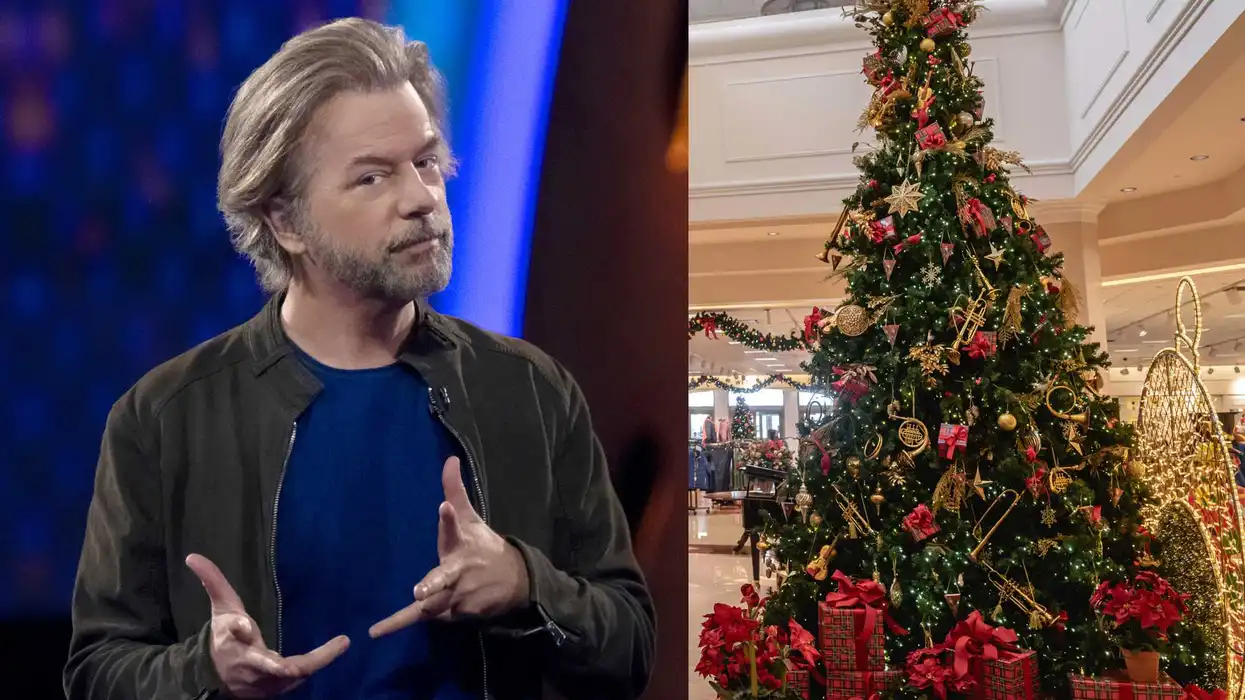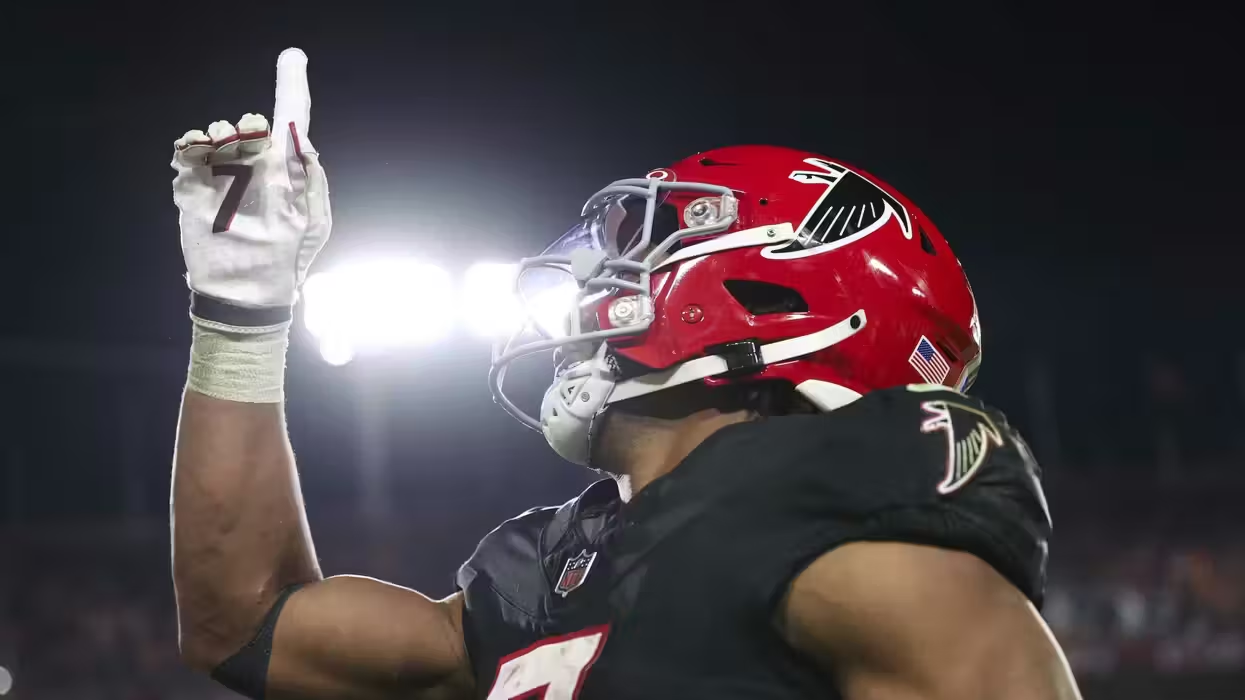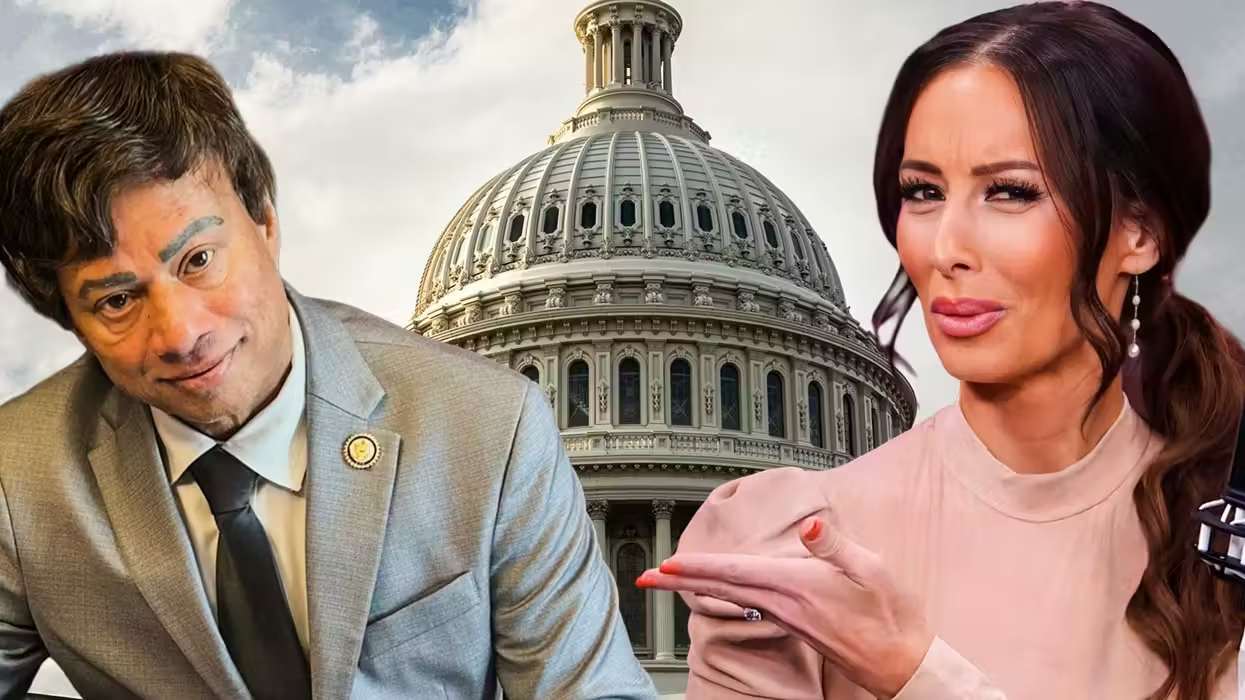 New Jersey Attorney General Jeffrey S. Chiesa, center at podium, stands with other officials, Tuesday, Jan. 29, 2013, in Trenton, N.J., as he announces that the gun buyback program last Friday and Saturday in the state's capital brought in over 2,600 guns, including 700 that were illegal. Credit: AP
New Jersey Attorney General Jeffrey S. Chiesa, center at podium, stands with other officials, Tuesday, Jan. 29, 2013, in Trenton, N.J., as he announces that the gun buyback program last Friday and Saturday in the state's capital brought in over 2,600 guns, including 700 that were illegal. Credit: AP
Gun control may still be very much a topic for national conversation, and the prospects of some variety of gun control legislation may look better for anti-gun forces than they have in nearly 20 years, but a Justice Department internal memo from early in the year that just got leaked to the public may scuttle all of that. The memo comes from the National Institute of Justice (NIJ), a subgroup within the Justice Department, which defines itself this way:
The National Institute of Justice — the research, development and evaluation agency of the U.S. Department of Justice — is dedicated to improving knowledge and understanding of crime and justice issues through science. NIJ provides objective and independent knowledge and tools to reduce crime and promote justice, particularly at the state and local levels.
In other words, when a policy is proposed that the department has to enforce, they go to this group with questions. No partisan agenda can be reasonably inferred, and if there were one, it would likely incline toward the administration's preferred policy.
Not that you'd know it from reading the memo itself, which takes aim at nearly every form of gun control proposed by the Obama administration and its allies in Congress, and systematically shoots it all down (no pun intended), or argues for proposals that are completely politically untenable. Making matters worse for the administration, the memo wasn't drafted by some low level flunky in the NIJ, but rather from Greg Ridgeway, its Deputy Director. Moreover, Ridgeway is not a Bush administration holdover, but was, in fact, hired last year right in the thick of President Obama's reelection campaign.
A few key excerpts from Ridgeway's damning report follow.
On the prevalence of mass shootings (a key statistic used by gun control advocates such as Piers Morgan):
Fatalities from mass shootings (those with 4 or more victims in a particular place and time) account on average for 35 fatalities per year. Policies that address the larger firearm homicide issue will have a far greater impact even if they do not address the particular issues of mass shootings.
On the idea of the government buying back guns:
Twitter summary: Buybacks are ineffective unless massive and coupled with a ban[...]
Gun buybacks are ineffective as generally implemented. 1. The buybacks are too small to have an impact. 2. The guns turned in are at low risk of ever being used in a crime. 3. Replacement guns are easily acquired. Unless these three points are overcome, a gun buyback cannot be effective.
The 1997 Australia gun buyback and its associated regulations is an exception to this. 1. It was large, buying back 20% of the firearm stock. 2. It targeted semi-automatic weapons. 3. It coupled the buyback with a ban on certain weapons and a nationwide registration and licensing program. There is strong evidence that it reduced mass killings (before the initiative massacres occurred on average once per year and none have occurred in the 15 years since).
The Australia buyback appears to have had no effect on crime otherwise.
On large capacity magazine restrictions:
The 1994 ban on large capacity magazines had limited effectiveness because 1) Large capacity clips are a durable good 2) There were an estimated 25 million guns with large capacity magazines in 1995 3) The 1994 law exempted magazines manufactured before 1994 so that the importation of large capacity magazines manufactured overseas before 1994 continued through the ban 4) while the price of the clips increased dramatically (80% during the ban) they were not unaffordable. A 2004 study of the 1994 law found: “because the ban has not yet reduced the use of [large capacity magazines] in crime, we cannot clearly credit the ban with any of the nation’s recent drop in gun violence.” The 1994 ban essentially did little to affect the supply of large capacity magazines.
In order to have an impact, large capacity magazine regulation needs to sharply curtail their availability to include restrictions on importation, manufacture, sale, and possession. An exemption for previously owned magazines would nearly eliminate any impact. The program would need to be coupled with an extensive buyback of existing large capacity magazines. With an exemption the impact of the restrictions would only be felt when the magazines degrade or when they no longer are compatible with guns in circulation. This would take decades to realize.
On universal background checks:
Twitter summary: Effectiveness depends on the ability to reduce straw purchasing, requiring gun registration and an easy gun transfer process[...]
A perfect universal background check system can address the gun shows and might deter many unregulated private sellers. However, this does not address the largest sources (straw purchasers and theft), which would most likely become larger if background checks at gun shows and private sellers were addressed. The secondary market is the primary source of crime guns. Ludwig and Cook (2000) compared states that introduced Brady checks to those states that already had background checks and found no effect of the new background checks. They hypothesized that the background checks simply shifted to the secondary market those offenders who normally purchased in the primary market.
Supply sources can vary in different parts of the country. An NIJ funded study of the Los Angeles illicit gun market noted: “Results showed that many crime guns were first purchased at local—that is, in county—licensed dealers, rather than from out of state. That is, contrary to the conventional wisdom that crime guns were being trafficked across state borders from places with less stringent regulations, such as Arizona and Nevada, we found that a majority of the guns used in crimes were purchased in Los Angeles County.” Thus, gun markets can be highly local.
And, finally, on the idea of "banning" so-called assault weapons:
Twitter summary: Assault weapons are not a major contributor to gun crime. The existing stock of assault weapons is large, undercutting the effectiveness of bans with exemptions[...]
Guns are durable goods. The 1994 law exempted weapons manufactured before 1994. The exemption of pre-1994 models ensures that a large stock, estimated at 1.5 million, of existing weapons would persist. Prior to the 1994 ban, assault weapons were used in 2-8% of crimes. Therefore a complete elimination of assault weapons would not have a large impact on gun homicides.[...]
Since assault weapons are not a major contributor to US gun homicide and the existing stock of guns is large, an assault weapon ban is unlikely to have an impact on gun violence. If coupled with a gun buyback and no exemptions then it could be effective. The 1997 Australian gun buyback was massive in scale and, while it appears to have had no effect on gun homicide, Australia has had no mass shootings since the ban was put in place.
The NRA has breathlessly released an ad citing the memo as evidence against the Obama administration's preferred gun policy. It can be viewed below:
Read the memo here.
(H/T: Gateway Pundit)

 New Jersey Attorney General Jeffrey S. Chiesa, center at podium, stands with other officials, Tuesday, Jan. 29, 2013, in Trenton, N.J., as he announces that the gun buyback program last Friday and Saturday in the state's capital brought in over 2,600 guns, including 700 that were illegal. Credit: AP
New Jersey Attorney General Jeffrey S. Chiesa, center at podium, stands with other officials, Tuesday, Jan. 29, 2013, in Trenton, N.J., as he announces that the gun buyback program last Friday and Saturday in the state's capital brought in over 2,600 guns, including 700 that were illegal. Credit: AP






